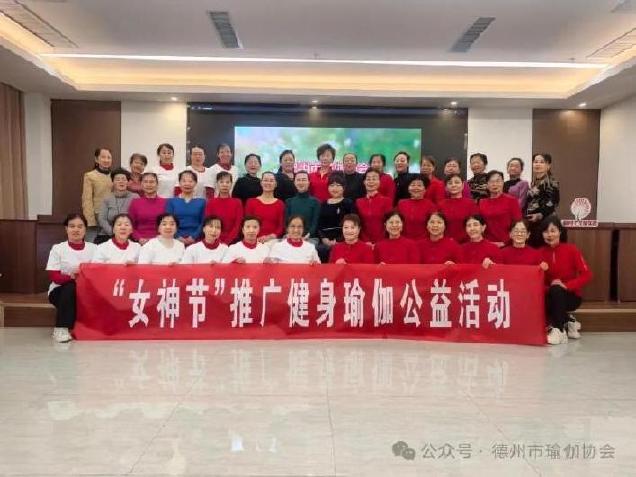There are many kinds of yoga postures: forward bending, backward bending, side bending and torsion.

Each of these yoga postures has its own details, key points, practice skills and unlocking methods, but they all have a very important thing in common: “spinal extension”.

And they all complete forward bending, backward bending, lateral bending and torsion on the premise of spinal extension.

How much the spine can be extended determines the completion and depth of the next pose.

It can be said that spinal extension is the basis of all these postures.

Today, I’d like to talk with you about how to fully extend the spine.

To fully extend the spine, I have summarized four small steps for you.
Let’s call them four stages of spine extension.
1.
The foundation is stable and powerful.
Needless to say, as long as you go to the yoga mat and are ready to practice yoga, the first thing to consider is to make the foundation stable.
Spinal extension is an upward force, and the foundation should provide a downward force.
Up and down against each other and support each other.
2.
The pelvis is straight.
There is a very vivid analogy between the spine and the pelvis: the spine is a plant growing in a flower pot.
The pelvis is the flower pot.
If you want to stretch your spine straight up, first of all, the flowerpot should be straight.
If the flowerpot is placed obliquely and the plant wants to go straight up, it must first turn back to the right track to go up, just like if the pelvis is not right, it will collapse or arch back.
How to straighten the pelvis? I’ve shared it in detail before.
Link: if you’re interested, look up and down.
Yoga dry goods tutorial is coming again: explain the password word “roll the tailbone, lift the pubis and straighten the pelvis”! (remember to collect) I want to add here: most beginners of Yoga need to raise their pelvis in sitting posture in order to straighten their pelvis.
You should feel that there is a bamboo stick from Baihui Point, which can go down vertically without any obstacles.
3.
First fix the lower back, solve the arched back problem, and basically stabilize the pelvis.
Then we can talk about the extension of the spine.
When it comes to spinal extension, the key and most difficult thing is the extension of the lower back.
On the premise of correct pelvis, there are two reasons why the lower back cannot be extended: collapsed waist and arched back.
As long as you pay attention to one thing when practicing: keep your pelvis straight, sit on your sciatic bone and stand your iliac bone up.
The key is the arched back.
So let’s see how to arch the back together.
a.
Pull the sacrum up.
The spine grows like a plant in the pelvis.
The sacrum is the root of a plant, buried in the pelvis.
Extending the lower back means that while the sciatic bone is rooted down, it is like pulling the sacrum vertically up from the pelvis.
Imagine that there is a nail on the floor and you have to pull it out vertically.
b.
Hold the iliac bone and twist the front of the body for extension.
The upward space of the spine is limited.
In order to obtain more extension space, it is natural for you to walk forward and bend forward.
How can we keep the upward extension unchanged in the forward flexion and get more extension: pull out the iliac bone above the front syncline of the body.
For the extension of the spine when it is upright, we pull the sacrum upward from the middle of the pelvis.
When we bend forward, we need to turn our attention to the front of the body, as if we were holding the iliac bone upright.
The more the front side is carried and extended, the arched lower back will naturally be straightened.
Of course, the premise is that the foundation is stable and rooted down.
When we do forward flexion postures, we are basically: inhale first, raise our hands above our heads, and exhale forward flexion.
Inhale upward here, in fact, is to pull out the spine from the pelvis, let the Spine Stretch longitudinally, maintain the degree of extension, and then fold the hip joint.
Therefore, forward flexion must be based on upward extension.
But in practice, many people bend forward without going up.
Therefore, you can’t see progress in bending forward.
How to practice your lower back is still arched.
Therefore, it is suggested that we first extend the lower back upward, and then bend forward downward.
This is also the reason why all the forward bending movements in Iyengar have to do the concave back first.
4.
Combined with chest lifting.
The problem of the lower back is solved, and the extension of the upper back is relatively much simpler: it is OK to close the ribs and lift the chest up.
The spine is extended and straightened, not only for yoga posture, but also for health.
The spine is an energy channel.
Click below.


